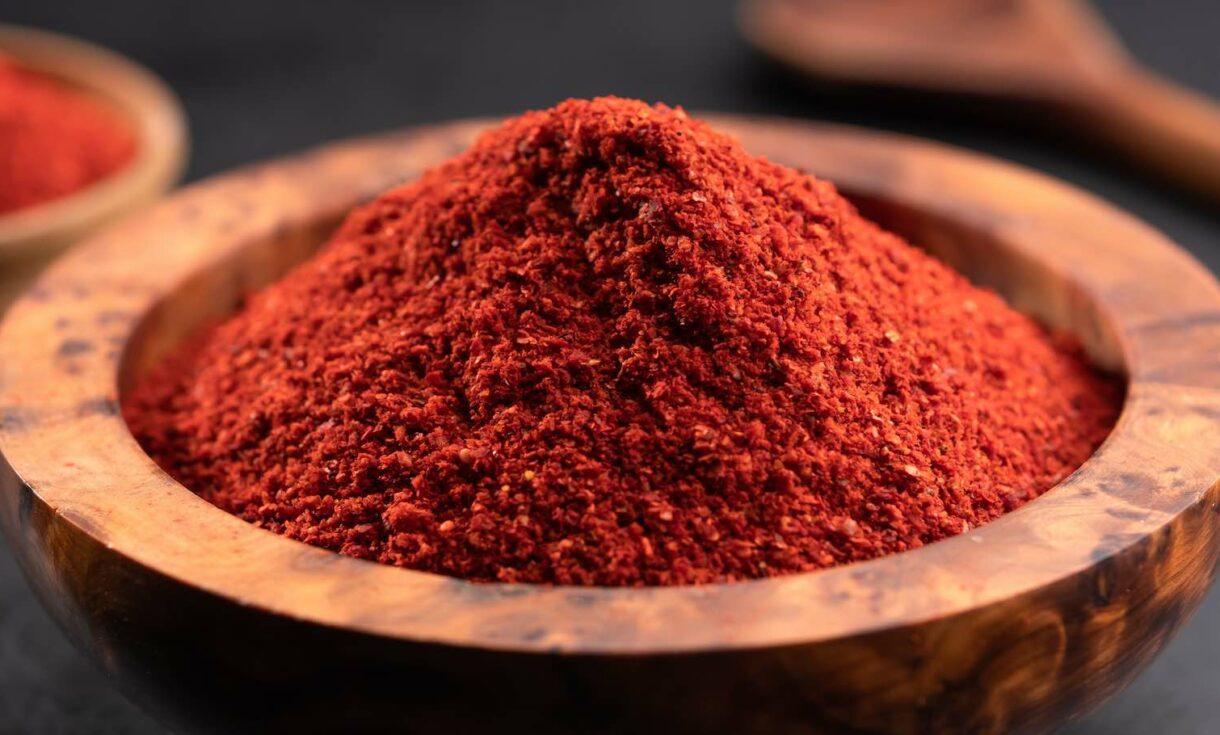- No. 268 Xianghe Street, Economic Development Zone of Xingtai city, Hebei 054001 China
- Byron@hbhongri.cn
paprika pepper
The Versatility of Paprika Pepper
Paprika, a vibrant spice derived from ground bell peppers and chili peppers, has a colorful history and a prominent place in kitchens around the world. Hailing primarily from Hungary and Spain, paprika has established itself as an essential seasoning, known for its sweet, smoky, or hot flavors. This article delves into the origins, varieties, culinary uses, and health benefits of paprika pepper, illustrating its significance in global cuisine.
Origins and Varieties
Paprika’s journey began in the Americas, where bell peppers and chili peppers were cultivated long before the arrival of Europeans. The spice made its way to Europe in the 16th century, and it quickly became popular, particularly in Hungary and Spain. Each region developed its own unique varieties, influenced by local climate, soil, and culinary traditions.
Hungarian paprika is renowned for its rich flavor and comes in several types, including sweet, semi-sweet, and hot varieties. The Hungarian government recognizes and protects specific geographical indications, ensuring that authentic Hungarian paprika, often referred to as Hungarian sweet paprika, maintains its superior quality. On the other hand, Spanish paprika, or pimentón, is known for its distinctive smoky flavor, achieved by drying the peppers over an oak fire. This variety comes in three primary forms sweet, bittersweet, and hot.
Culinary Uses
Paprika’s versatility makes it a favorite among chefs and home cooks alike. It's commonly used as a seasoning for a variety of dishes, adding color, depth, and a hint of sweetness or heat. In Hungarian cuisine, paprika is the cornerstone of famous dishes such as goulash and pörkölt (stew). In Spanish cuisine, it enhances the flavors of paella, chorizo, and numerous tapas dishes.
paprika pepper

Beyond savory applications, paprika can also elevate snacks and sides. A sprinkle of paprika can transform roasted vegetables, deviled eggs, or hummus into eye-catching and flavorful dishes. Furthermore, its bright red hue adds visual appeal to any plate, making it not just a flavor enhancer but also a decorative touch.
Health Benefits
In addition to its culinary appeal, paprika pepper boasts numerous health benefits. This spice is rich in antioxidants, particularly carotenoids, which contribute to its bright color. These compounds play a vital role in promoting overall health by combating oxidative stress and inflammation in the body. The anti-inflammatory properties of paprika can help with various health issues, supporting heart health and reducing the risk of chronic diseases.
Paprika also contains vitamins A, E, and C, which are essential for maintaining healthy skin, vision, and immune function. Its vitamin content can contribute to a balanced diet and promote overall wellness. Moreover, some studies suggest that the capsaicin found in certain types of paprika may aid in weight management by boosting metabolism and promoting fat loss.
Conclusion
Paprika pepper is more than just a colorful spice; it is a testament to the rich culinary traditions of Hungary and Spain. With its diverse varieties and versatile uses, paprika continues to play a pivotal role in kitchens worldwide. Whether enhancing the flavor of a hearty stew, adding a smoky note to a barbecue rub, or simply providing a pop of color on a plate, paprika serves as a reminder of the spices’ unique ability to bring warmth and depth to our meals. As we continue to explore the world of spices, paprika will undoubtedly remain a beloved staple, cherished for both its flavor and its health benefits.
-
Turmeric Rhizome Powder: A Golden Treasure from Roots to TableNewsJul.28,2025
-
The Versatile Application Of Crushed Red Hot Peppers: Lighting Up The Red Flames On The Dining TableNewsJul.28,2025
-
The Paprika: A Touch Of Vibrant Red In Color, Flavor, And CultureNewsJul.28,2025
-
Ground Turmeric: A Modern Examination of an Ancient SpiceNewsJul.28,2025
-
Capsicum Liquid Extract: Features, Applications, and ChallengesNewsJul.28,2025
-
Application of Capsicum Liquid Extract in FoodNewsJul.28,2025







